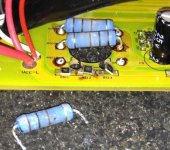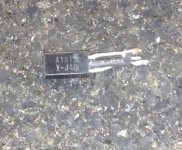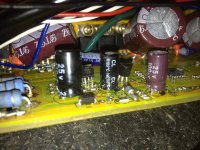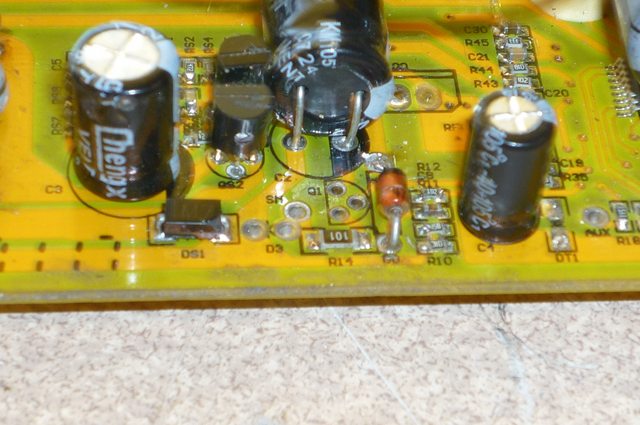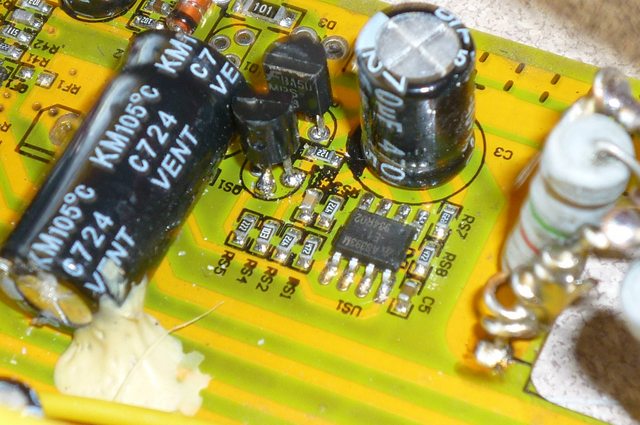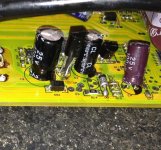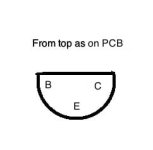NeilP
1 GW
Ok, thanks guys.. I must get some glasses...seriously.. I have never had glasses..always had exceptional vision..but lately..reading small stuff in low light is becoming a bit of a strain.
After I posted, i did actually spot that zener, ...honest
Hugues, what you say makes sense, and there is 20mm hole drilled through the board under those big resistors..to aid air flow around them maybe?. But I reckon they must be OK, if they are creating the 12volt. No other FETS on the heatsink, no, just the 18 power ones.
Onc the controller powers up, there must be 12 volt present, otherwise, the 5 volt reg would not then fire up and be self sustaining...it just needs the 5v kick from an external source to get it all going.
Am on a morning shift today so have this afternoon to play again
After I posted, i did actually spot that zener, ...honest
Hugues, what you say makes sense, and there is 20mm hole drilled through the board under those big resistors..to aid air flow around them maybe?. But I reckon they must be OK, if they are creating the 12volt. No other FETS on the heatsink, no, just the 18 power ones.
Onc the controller powers up, there must be 12 volt present, otherwise, the 5 volt reg would not then fire up and be self sustaining...it just needs the 5v kick from an external source to get it all going.
Am on a morning shift today so have this afternoon to play again


